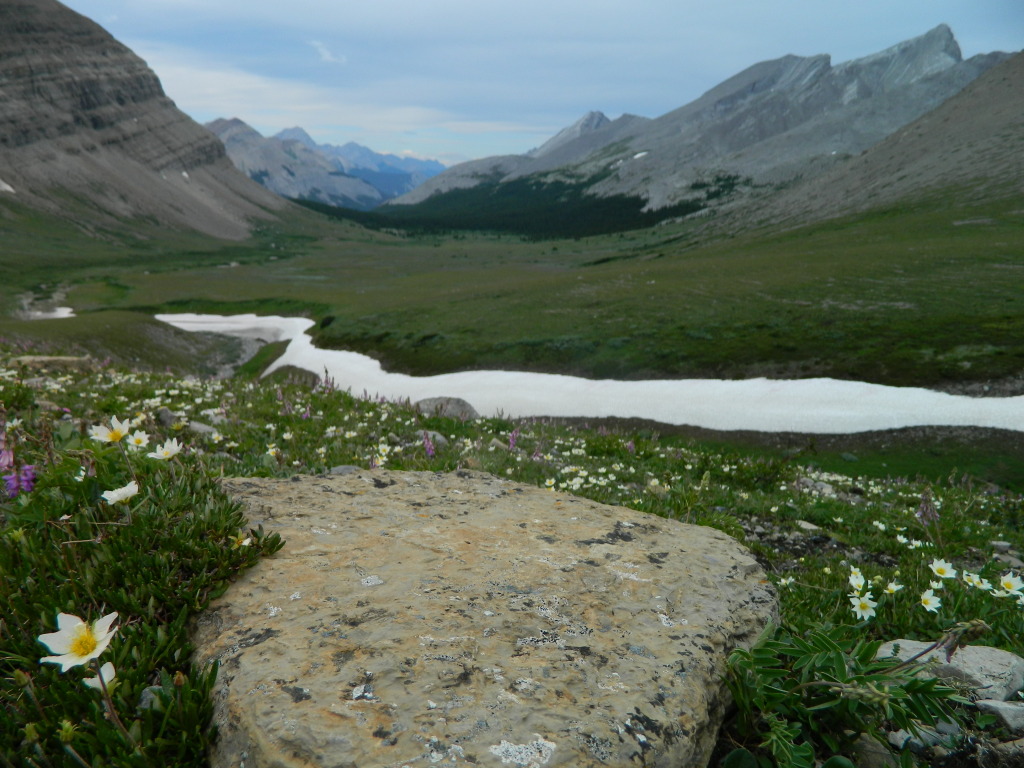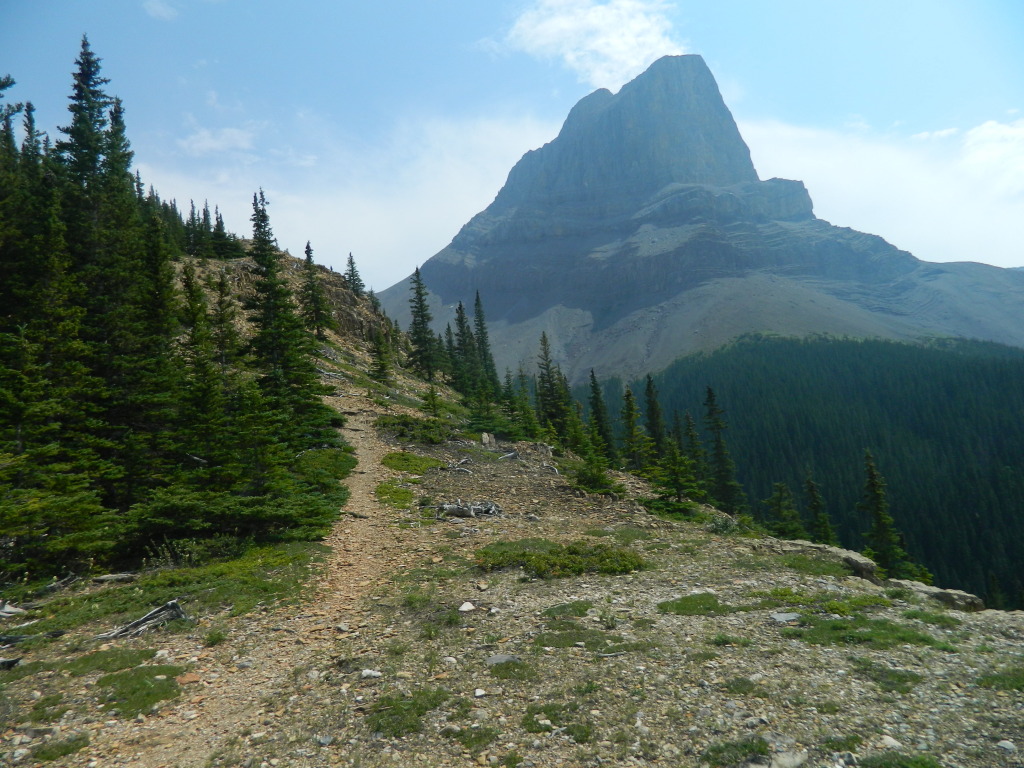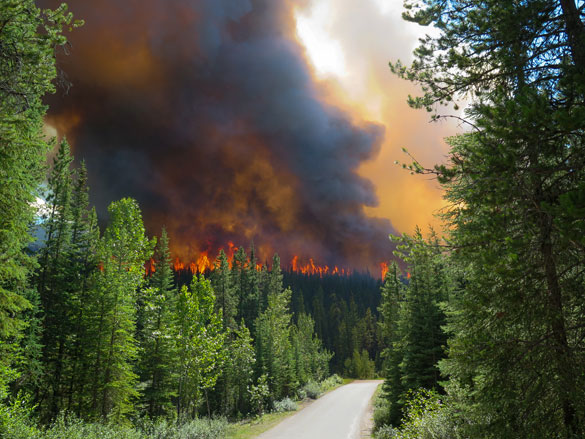Dog days of summer
29 juillet 2015 14:08 Laisser vos pensées
I am sure everyone has heard about the relentless wildfires in western Canada this summer, and Hinton has not been exempt. Due to sustained hot, dry conditions, fires have flared up everywhere, including a few fires on the forest management area and one in nearby Jasper National Park. This has made for some hazy, smoky conditions to complement the sweltering heat Hinton has been experiencing over the past few weeks.
Despite the inclement weather, the tree planters are still grinding away, working on the 2+0 stock, larger seedlings for more competitive sites. The entire 2+0 plant is in the Sundance working circle of the forest management area, requiring a two-hour drive each way. This makes it a bit more difficult to be productive, but having a plan in place is important to maximizing field-work efficiency. Working hard for two weeks surely paid dividends, as I have finished all of the quality checks for the 2+0 plant. A few wildlife sightings have also taken place over the past few weeks. Last week, I drove around a bend in the road to be met by a moose scampering out of the way. This past week, I scared up quite a few deer in cut blocks with tall grass- I don’t know who was more terrified- them or me! I also came across a pair of sandhill cranes in a cut block I was working in this past week.
With the 2+0 trees planted, we have rounded a corner and now have only the summer plant to round out our 8 million seedling tree plant for the year. With the tree planting closing in on completion, the silviculture staff at West Fraser is now shifting their attention to the herbicide program. As I have mentioned in previous blog entries, there are a lot of factors that can impede the reestablishment of a harvested area, and perhaps the top culprit is competition by other vegetation, such as grass and aspen. In the case that competing vegetation is significantly inhibiting the growth of trees; a silviculture forester may prescribe an herbicide application. Herbicide is applied in one of two ways: backpack or helicopter spray, depending on the size of the treatment unit and the goals of the prescription. Spraying usually takes place in late August and early September after the conifers have ‘hardened off’ the winter, which means their actively growing tissues enter dormancy until spring. This results in the unwanted, competing species to be killed off, hopefully giving the trees the extra push they need to surpass the height of the competing vegetation.
In preparation for the herbicide program, each cut block is visited to identify any sensitive features such as mineral licks, springs, water bodies and any obscure block boundaries. To prevent these areas from accidentally being sprayed, we set up buffers with brightly coloured bags hung on vegetation to keep all spraying within the application zone. For example, my co-worker Olivia and I were completing layout for a cut block and we discovered a spring. In response we set up a buffer that will prevent any possibility of herbicide entering this area. The helicopter pilot will use the bags that we hung as a visual cue, and the GPS line that we created on the block map to prevent any contamination of the waterbody.
In addition to all that is going on at work, my weekend rambles in the mountains have continued. Last week I went solo camping and hiking for the first time, exploring the beautiful environs of Fiddle Pass in the eastern Rockies. This past weekend me and a friend hiked/scrambled up the imposing peak of Roche Miette in Jasper, who some might know as Pocahontas. Needless to say I know that everyone in the west is hoping that the weather forecast will bring some respite from the sweltering summer heat. I am looking forward to what the rest of the summer has in store!



Excelsior Wildfire, Jasper
